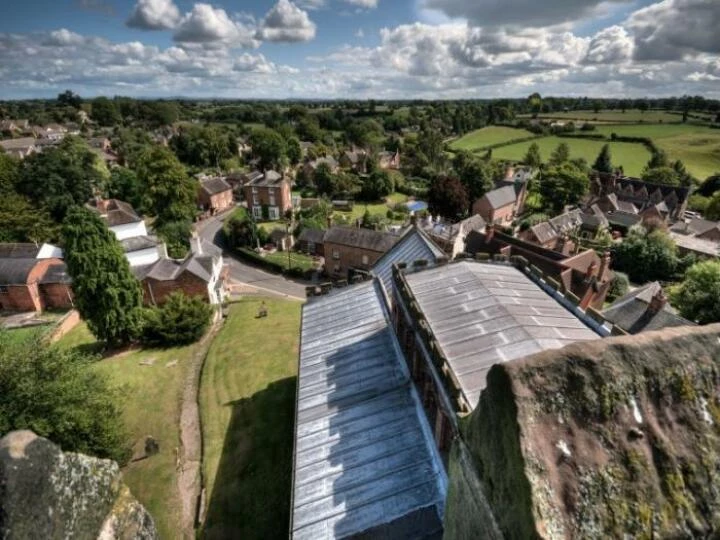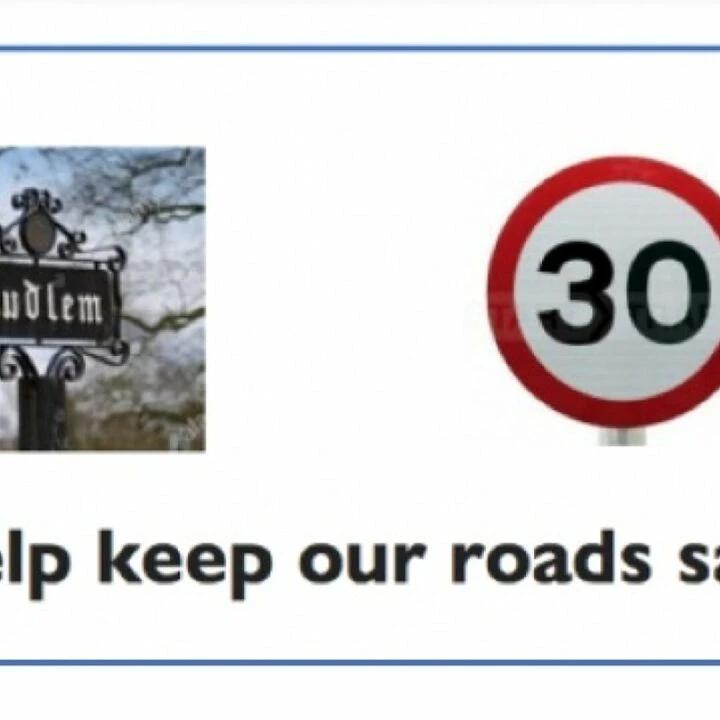

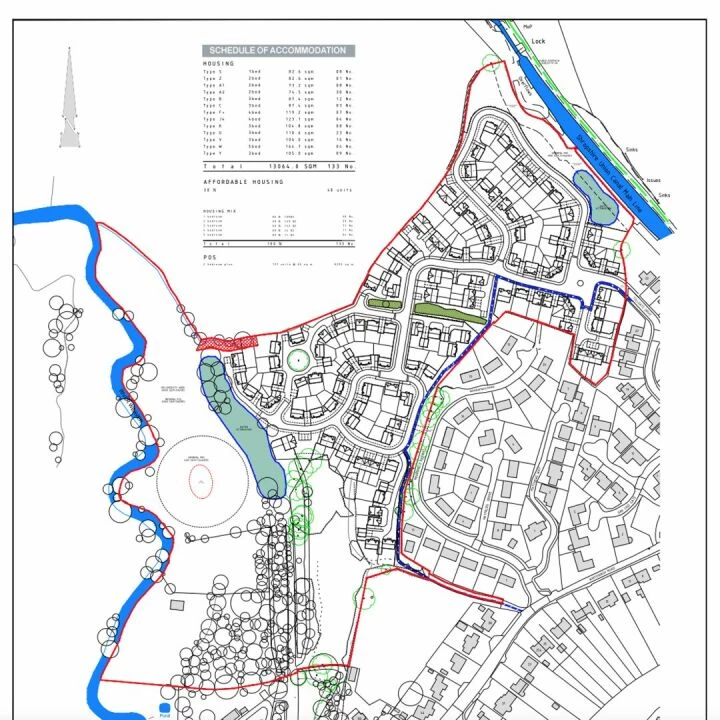

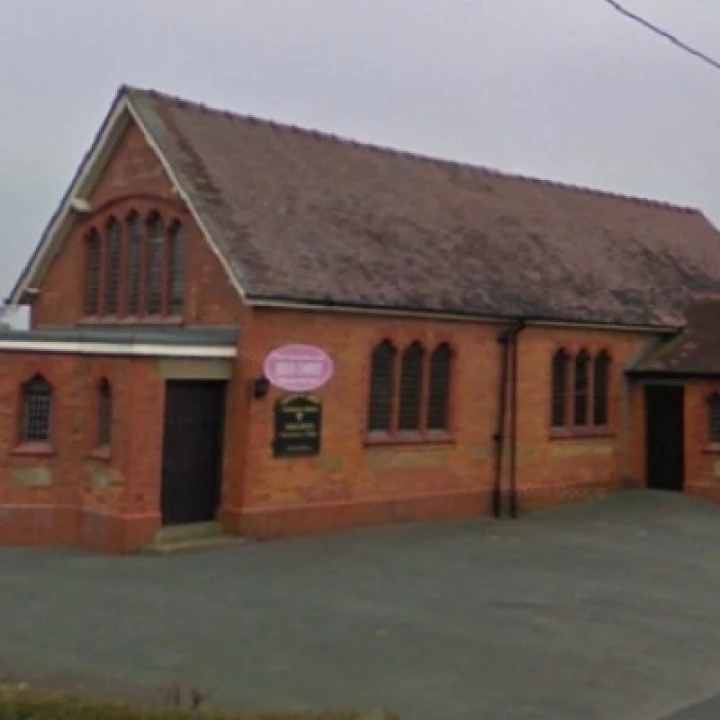
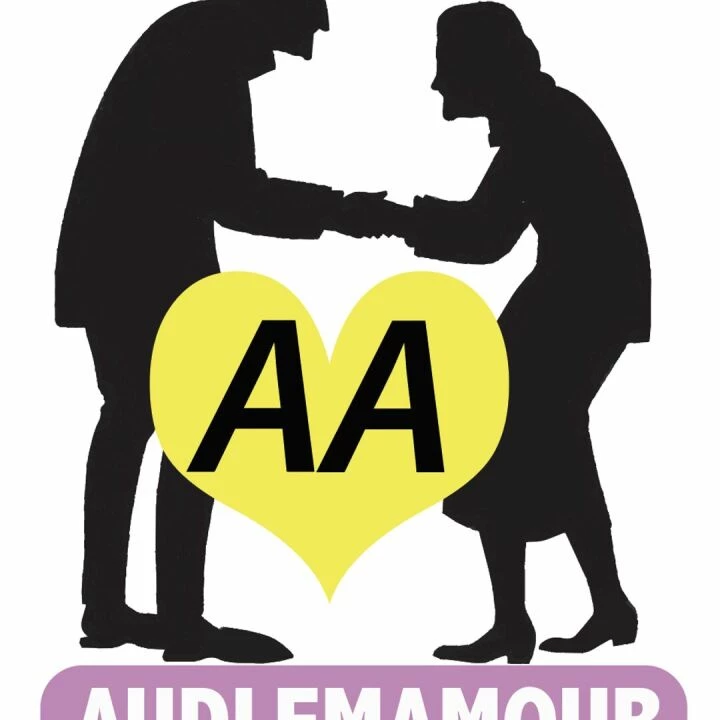
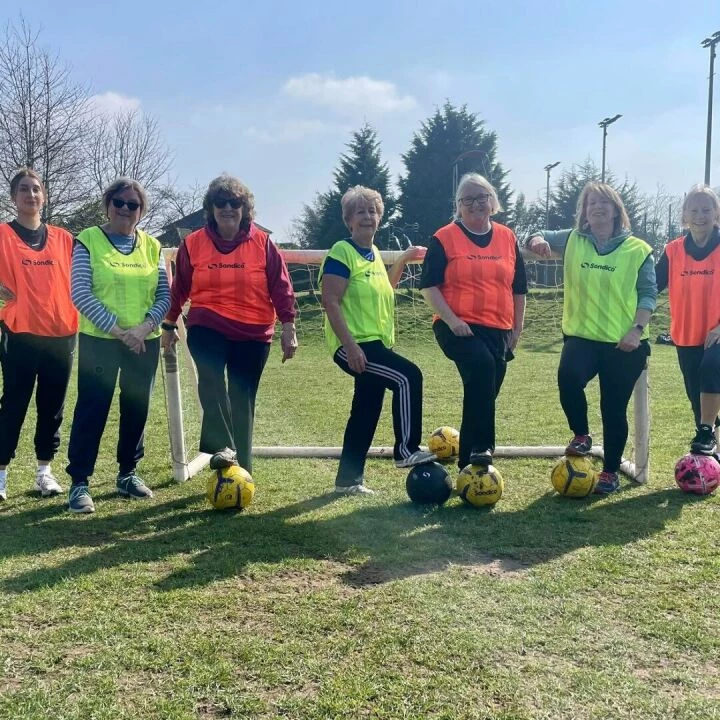

Last week, AudlemOnline featured the war-time exploits of Harry Knapper Snr, father of local resident Harry Knapper, in both the 1st and 2nd World Wars.
His involvement in the little known Battle of Beersheba in Palestine was so extraordinary that we included a mention of it in AudlemOnline's regular interview on BBC Radio Stoke on Thursday evening at 5.30pm on the Tim Wedgwood Show.
Readers of last week's story may like to know a little more of this battle with local connections. Harry Knapper Senior was involved because the Cheshire's artillery were providing support to the Australian Light Horse who overran the Turkish defences in a cavalry charge that ranks with the charge of the Light Brigade at Balaklava in 1854.
Unfortunately, possibly because it was primarily Australian troops rather than British, and there was no Lord Tennyson around to capture their charge in a famous poem, some feel the Battle of Beersheba has been somewhat written out of history. It was, however, an amazing feat of arms.
Lieutenant Colonel M. Bourchier, commander of the Australian 4th Light Horse Regiment said: "I consider that the success was due to the rapidity with which the movement was carried out.
"Owing to the volume of fire brought to bear from the enemy's position by machine-guns and rifles, a dismounted attack would have resulted in a much greater number of casualties. It was noticed also that the morale of the enemy was greatly shaken through our troops galloping over his positions thereby causing his riflemen and machine gunners to lose all control of fire discipline. When the troops came within short range of the trenches the enemy seemed to direct almost all his fire at the horses."
The charge of the Australian Light Horse at Beersheba, 1917, painted by George Lambert in 1920 (see top illustration above), shows troopers with bayonets in their hands and .303 rifles slung across their backs. Veterans complained that the formidable defences and determined Ottoman defenders are missing in the painting.
An eye-witness said: "A great sight suddenly sprung up on our left, lines and lines of horsemen moving. The Turks were on the run and the Aus. Div. was after them. We could see the horses jumping the trenches, dust everywhere."
As the 4th Light Horse Regiment approached the fortifications directly in front of them, their leading squadron jumped the advance trenches at the gallop and the main 10-foot deep, 4-foot wide trenches, defended by Ottoman soldiers.
The leading squadron then dismounted in an area of tents and dugouts in the rear, where they were joined by a troop of the 12th Light Horse Regiment. While the lead horses were galloped to cover, the troopers launched a dismounted attack on the trenches and dugouts, killing between 30 and 40, before the remainder surrendered.
The ensuing battle was then described in considerable detail. It ended after a large proportion of the Ottoman troops in the town were eventually killed or captured, with 1,528 prisoners taken.
Harry Knapper's father, responsible for the Cheshire's artillery liaison with the Australians, witnessed the charge by the Australians, with their bayonets gleaming in the sun, an unusual weapon for cavalry, Their success in that amazing charge was an important step towards the Allies taking Jerusalem from the Turks in 1917.
This article is from our news archive. As a result pictures or videos originally associated with it may have been removed and some of the content may no longer be accurate or relevant.
Get In Touch
AudlemOnline is powered by our active community.
Please send us your news and views using the button below:
Email: editor@audlem.org

